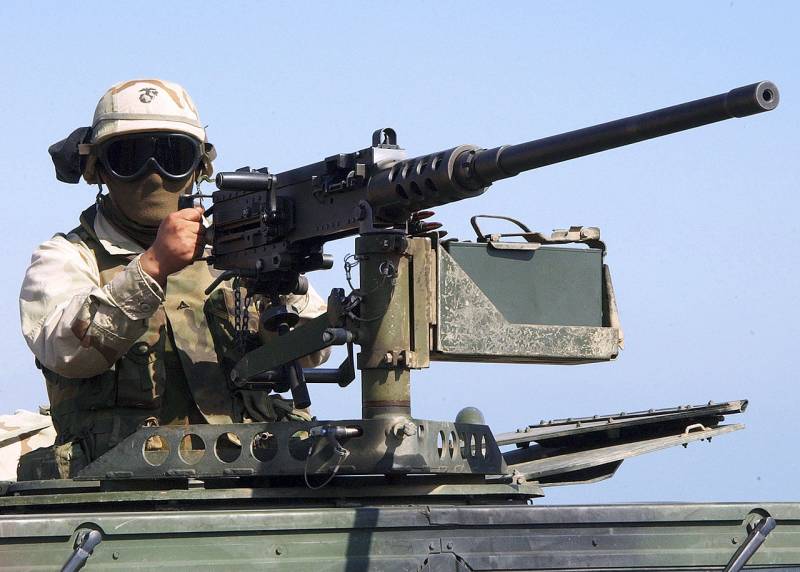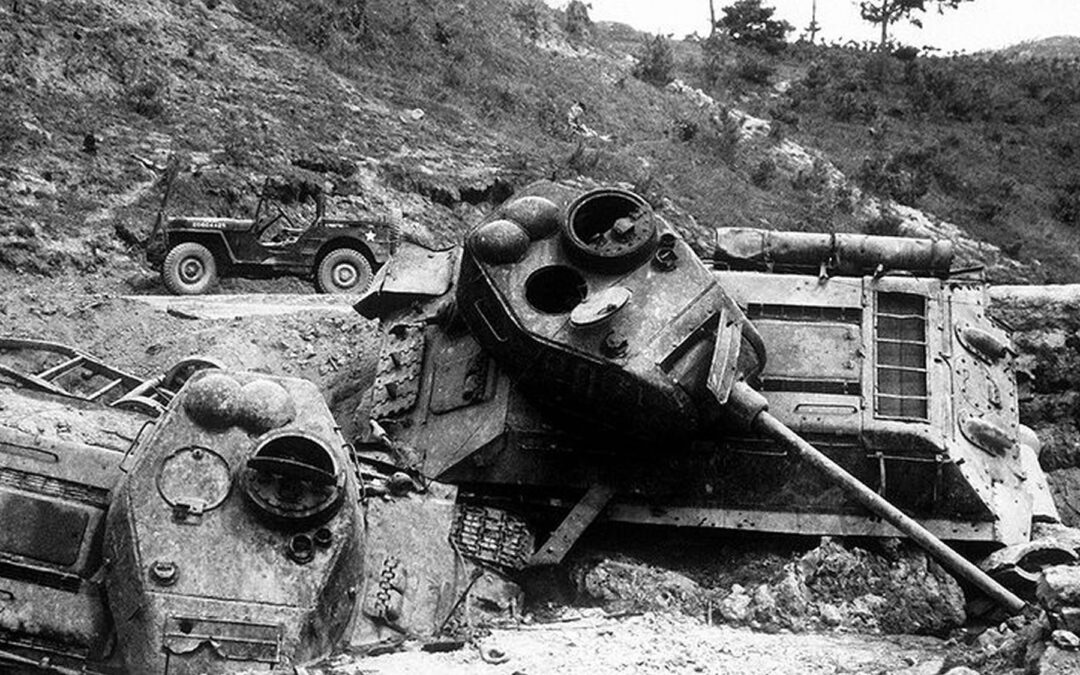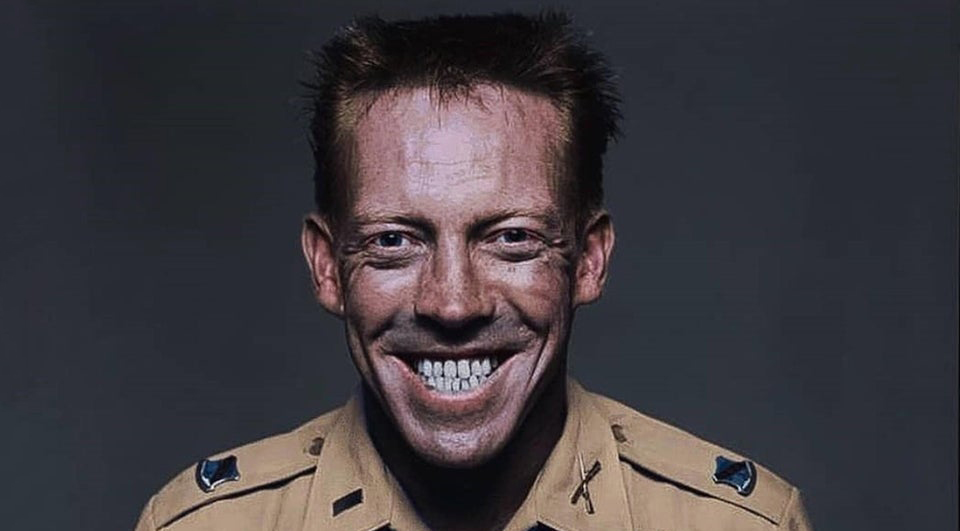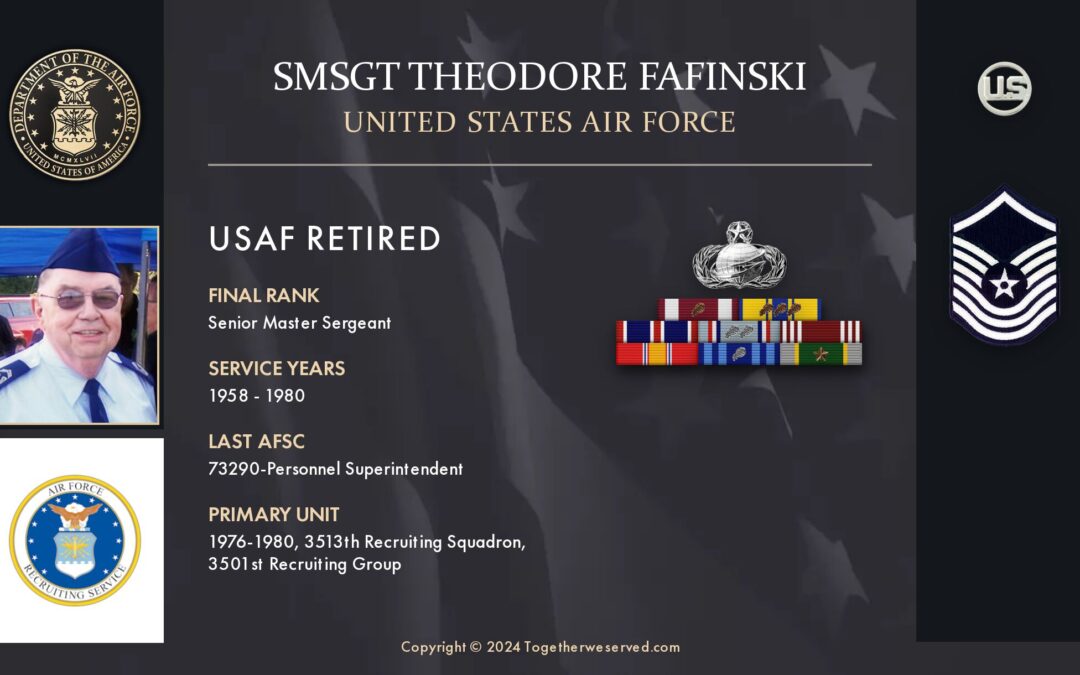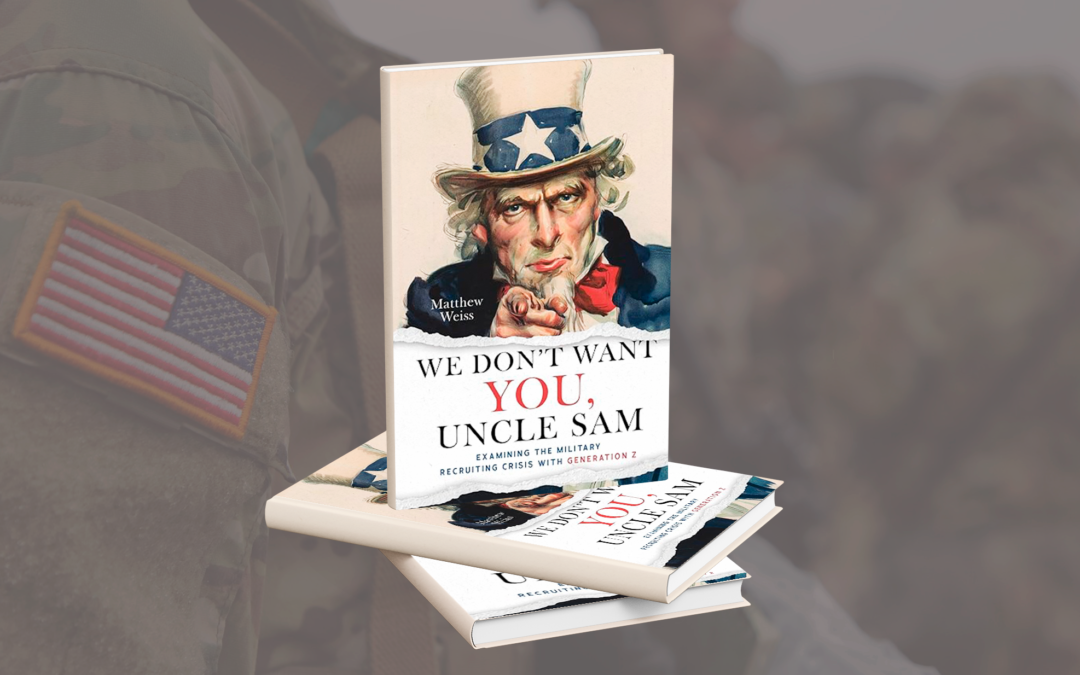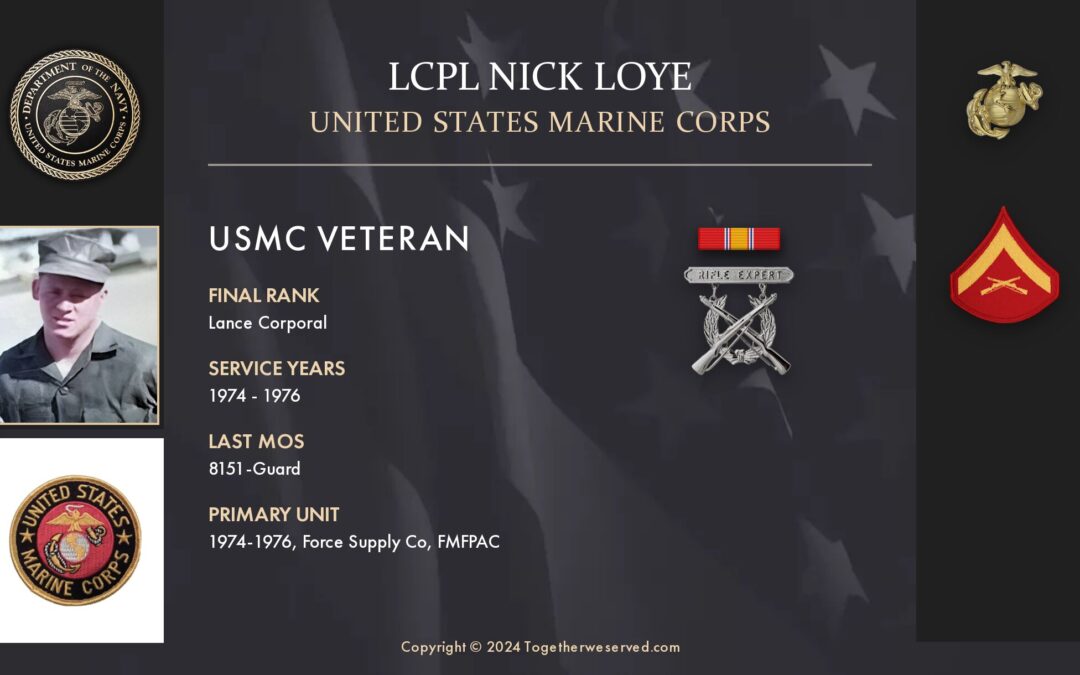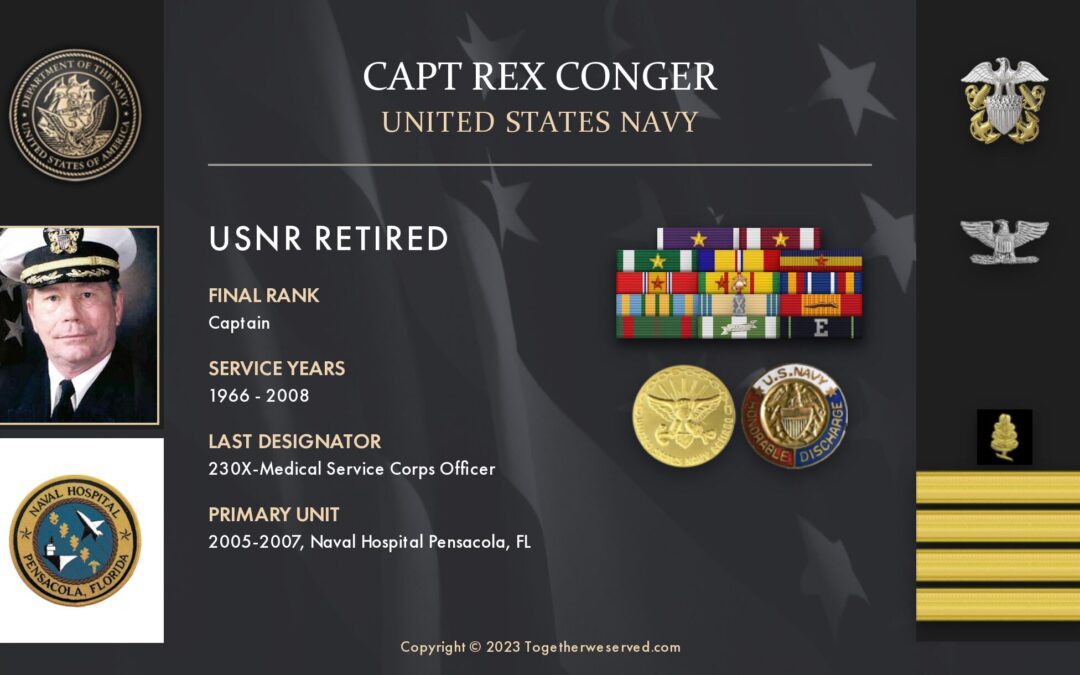Texas native James M. Logan was the embodiment of the U.S. military's greatest tactical weapon: its Non-Commissioned Officer Corps. Every branch has some kind of saying about NCOs. They're the backbone of the Air Force, they lead the way in the Army, and in the Marine Corps, they wear special swords. If you want to see how poorly an armed force without NCOs performs in combat, just look at how the Russians are doing in Ukraine. The Heroic Journey of Sgt. James M. Logan Sgt. James M. Logan was one of the first American troops to hit the beaches of Salerno on Sept. 9, 1943 and almost immediately, he and his fellow soldiers found themselves under a heavy German assault. Logan, unlike many of the men with him on the beaches that day, wasn't a conscript and would show the Nazis and Fascist defenders what it means to be a professional soldier. Logan grew up in Luling, Texas during the Great Depression. Like a lot of Americans at the time, he had to help the family make ends meet. By...


